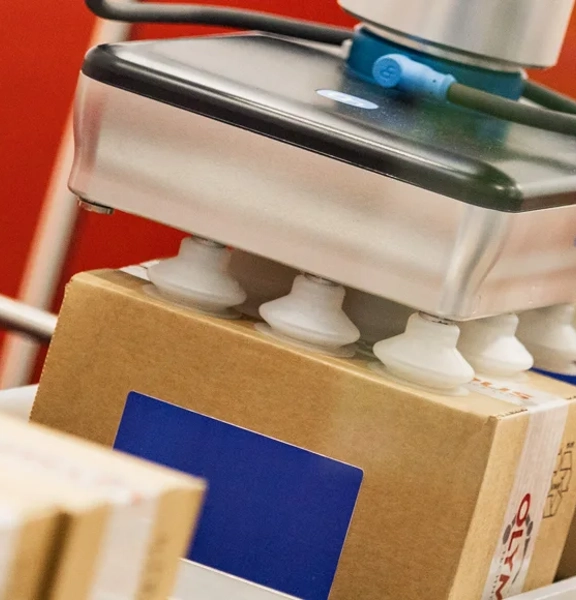Become a member
Take advantage of exclusive member benefits, world class events, networking and specialist support








 Become a member
Become a member 


 Autonomous mobile robots & Guides vehicles’
Advanced robotics
Autonomous mobile robots & Guides vehicles’
Advanced robotics
There has been great advancement in robotics technology since the late late 1950s and early 1960s. Looking back, and by today’s standards, many early robots were rather cumbersome machines and really only suited to basic pick and place or product handling tasks. Such early-generation robots generally lacked the accuracy, repeatability or speed needed for high-precision and high-volume tasks.
The development of robot technologies meant that they could be used for a wider range of tasks. As an example, the automotive industry was among the first to take advantage of robots for spot welding. Capable of handling the payload of an integrated spot-welding gun, the robots could be counted on for repeatable results. They were also able to meet productivity and efficiency demands.
Fast forward to today and we see robots being used for a much wider range of applications. The range of robot types and sizes has expanded greatly, with a variety of tasks being automated. However, the relatively high strength, speed, or precision of robots doesn’t make them the superior choice in all cases. The use of robots may either be impossible or impractical in some instances.
Humans have the following advantages over robots:
It follows that humans are the preference in jobs requiring one or more of these skills.
Taking the example of car assembly, robotic technology has made little impact. The handling of flexible and unpredictable parts demands the use of sensory capabilities that are currently beyond the capacity of robots. While a suitably qualified engineer would be able to identify and avoid the use of poor quality components, the same wouldn’t be true of a robot. The orientation and location of such components depends on advanced pattern recognition and human control.
Robotics systems are normally designed with some redundancy in on-spot welding lines. This means that if one robot has a technical fault then others should be able to take over. However, there isn’t the option of having a robot made for one purpose replace another at a different stage of the production line. Human workers offer such mobility, particularly for tasks lacking in complexity. They are learn relatively quickly, given suitable guidance.
The newest generation of robots are able to operate at very high speeds, with a sub 1.0 second cycle time being recorded for pick and place. They can also be counted on to perform assembly tasks with high levels of pace and accuracy. Other advanced robot applications include the manipulation of MIG (metal inert gas) or TIG (tungsten inert gas) welding torches, dispensing of sealant or glue and use across cutting, welding and marking operations.
Despite such impressive advancements, robot reprogramming is still a fairly difficult and time-consuming process. The required level of capital investment is beyond the reach of many companies. While robotic technologies may pay back in the long run, they just aren’t feasible for companies on tight budgets. Manual labour is the only option in such cases.